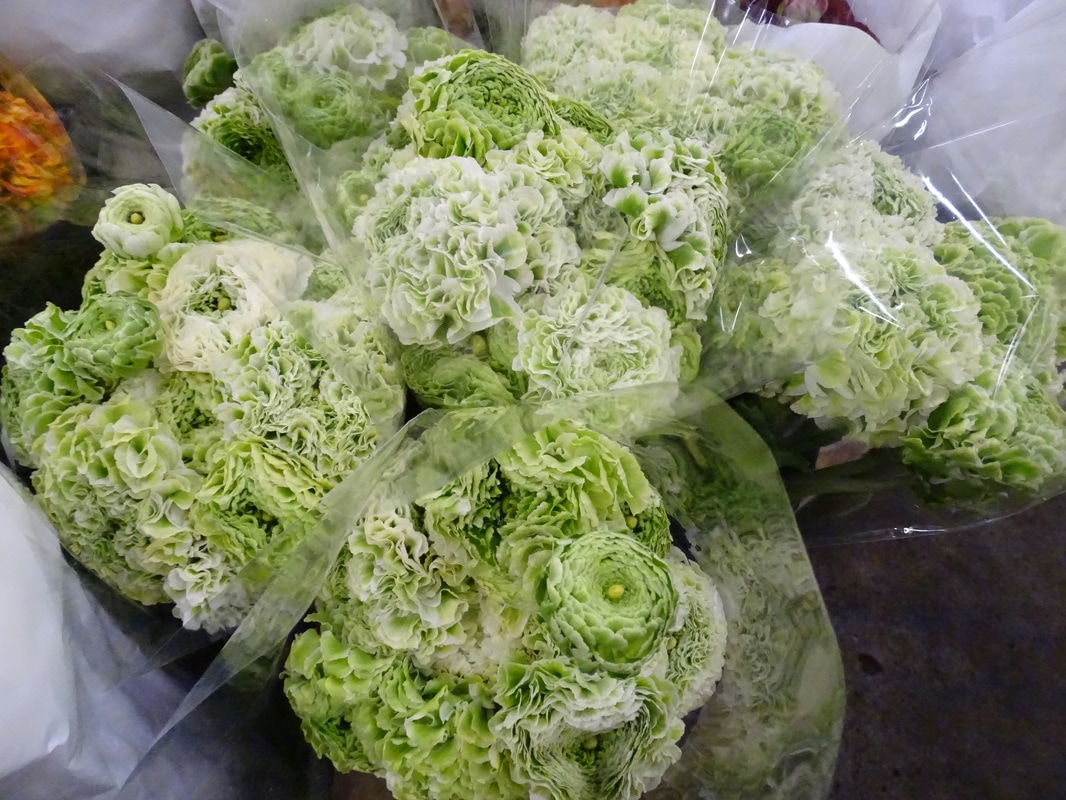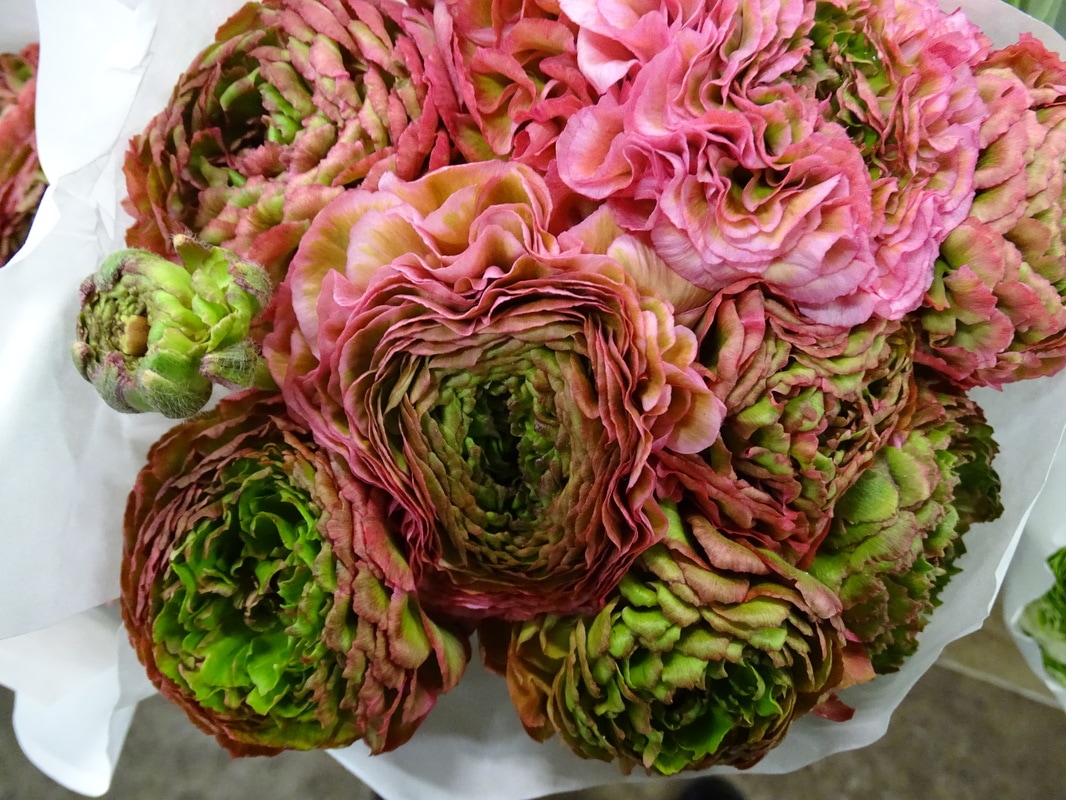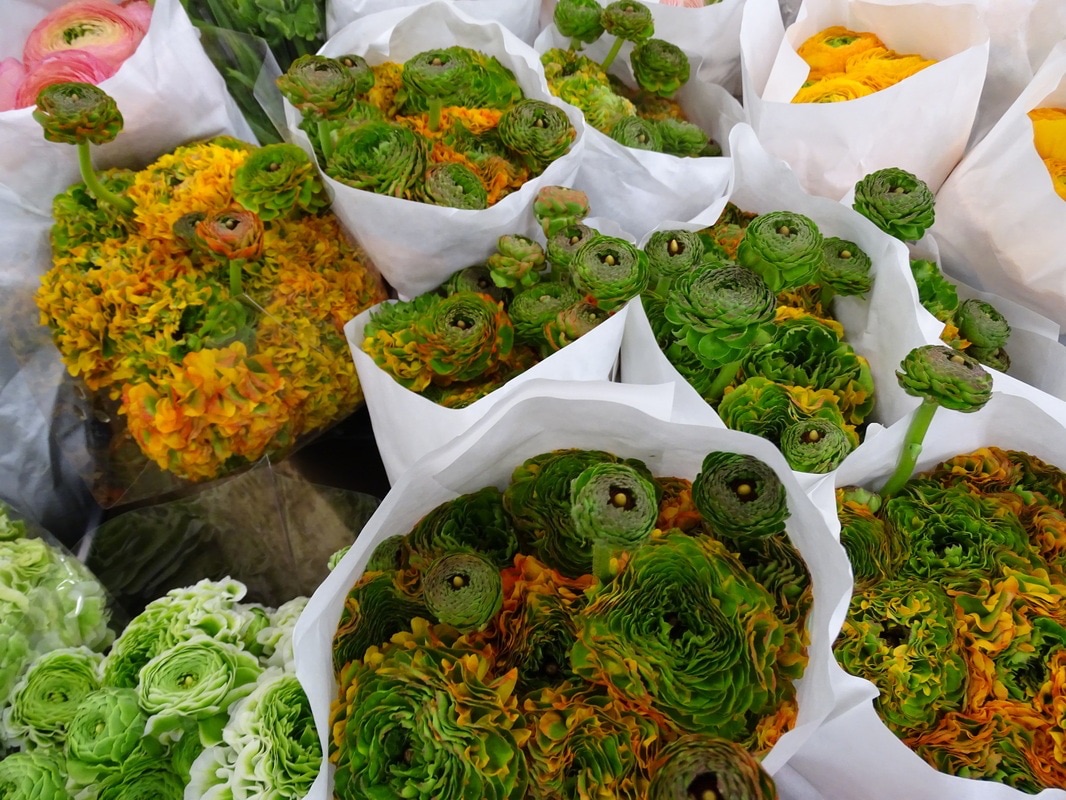Alternative Cropping SystemsI have developed a new course in my Brigham Young University Idaho curriculum. There are so many challenges today in agriculture around the world. For example, several decades ago, much of the carnation production in the United States was centered in Denver, Colorado, the mile high city. Chrysanthemums were grown in Florida. Roses were grown in various parts of the United States, but predominantly in the intermountain area (Denver, Salt Lake City), in California and Oregon, in the eastern US in New Jersey, New York, Pennsylvania, and in Indiana.
The abundant sunshine in Denver, due to the high elevation, was excellent for growing carnations and roses. With a twist of irony, horticulture researchers discovered that there were parts of Colombia, South America where the climate and elevation were perfect for producing beautiful flowers. The researchers encouraged their Columbian counterparts to develop these productive savannas for cut flower crops. In the 1980's, growers in Colombia began to produce excellent crops of carnations, chrysanthemums and roses. Within a few very short years upwards of 90 percent of all the carnations, chrysanthemums and roses in the distribution system were being produced in Colombia. In the 1990's Ecuador began to compete for the rose market, and also began to grow and export carnations. In the 1990's, the US Government negotiated free trade agreements with these countries in South America to attempt to curb production of Coca leaves, and the highly lucrative Cocaine production business. The families who grew carnations in Colorado and other parts of the US were left with no way to compete. It is a complicated case, but worth looking at a bit more closely. This story involves government, private citizens, and all kinds of shuffling at the borders, and import and export relations between many countries. The course is intended to inform students about such challenges, and help them become adaptive as they enter the plant industries, where applications of plant science shape the way food and ornamental plant products are created and distributed throughout the world. My curiosity has been aroused to notice what happens when a vacuum is created, such as the one in Denver, Colorado; did all the growers just close down, or did they find something else to grow? That question had a different answer twenty years ago than today, but the concept is clear. When things change, you either adapt, and find an alternative, or you die.
|
|
|




